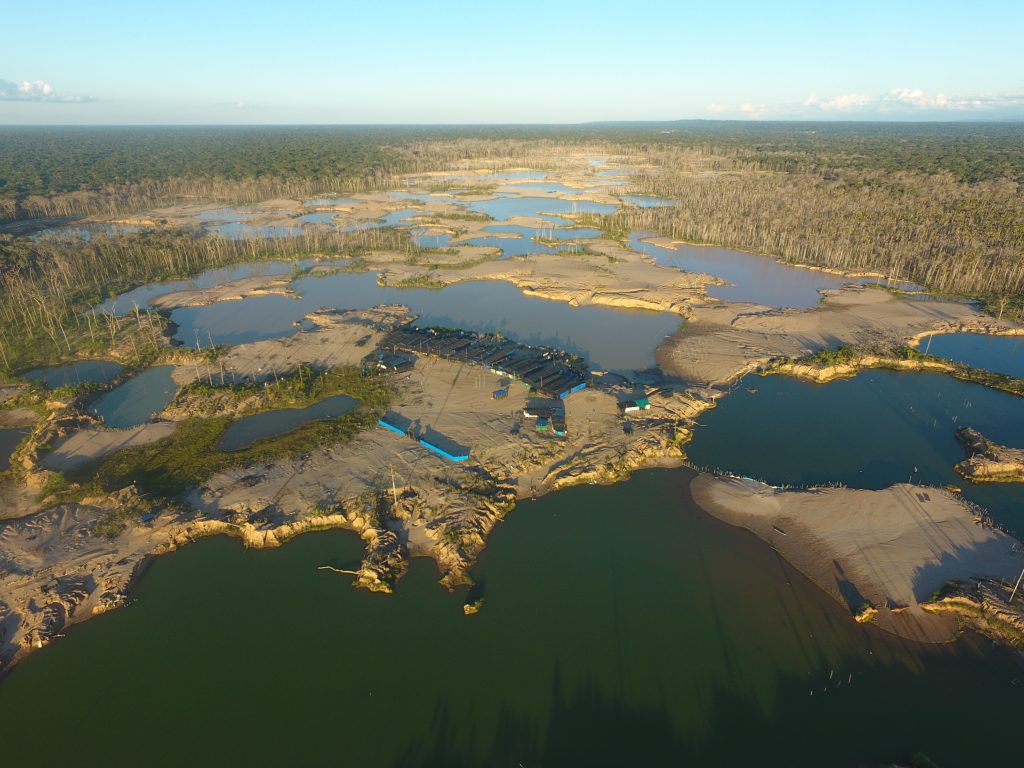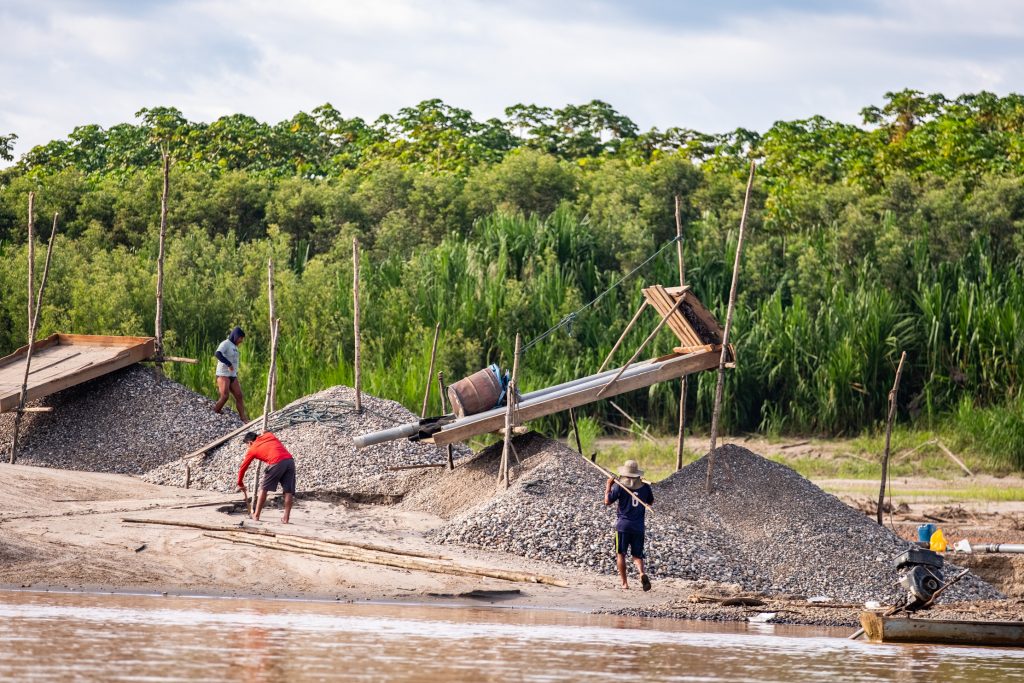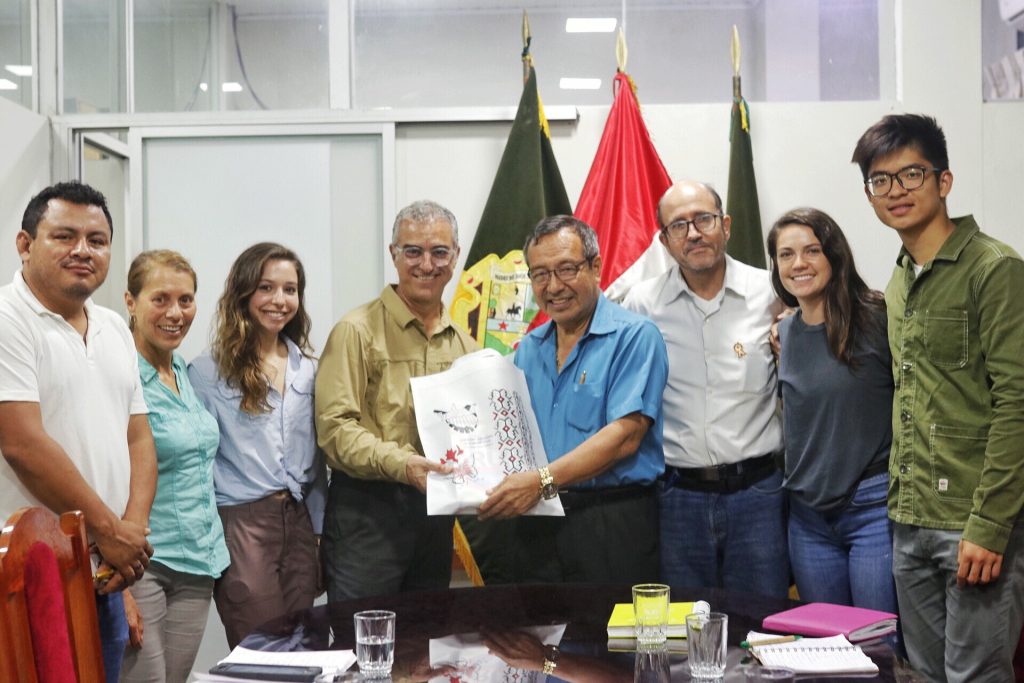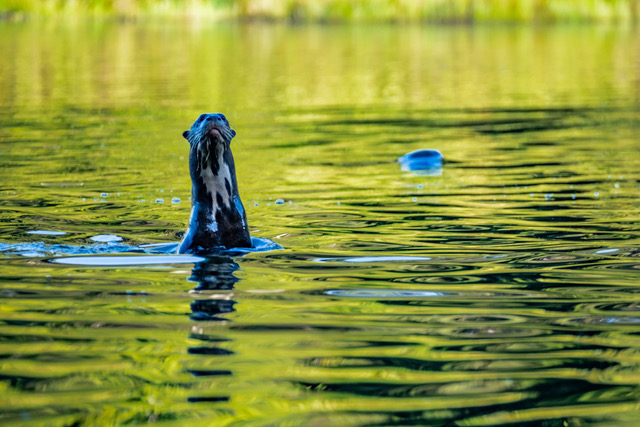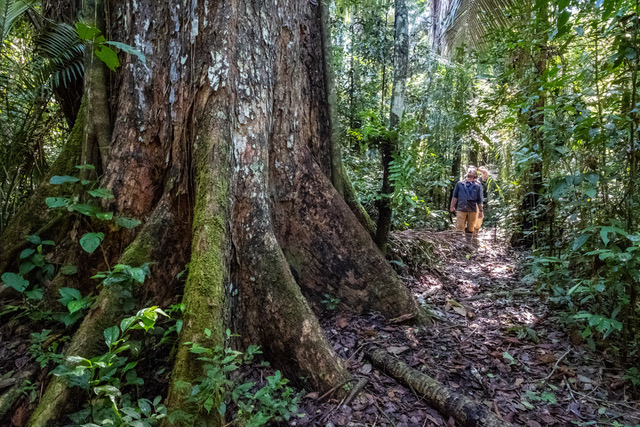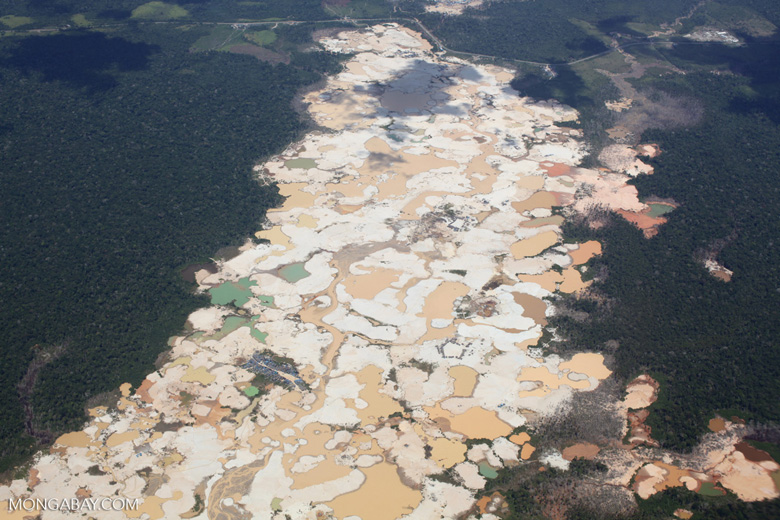
Enrique Ortiz, a good friend for many years, and a leading Peruvian environmental biologist with Andes Amazon Fund in the United States, sends out to a large email group new studies he thinks would be of interest on matters related to climate change, ecosystem services, biodiversity and environmental assaults. This story — my first focused on Brazil in a long time — came from an Enrique email.
Initially, I thought it was a straight-up, uncomplicated science story about how a Brazilian research team has put in dollar terms the amount of damage wrought in one enormous region of Brazil from the wide-scale destruction that illegal gold mining requires. One fact jumped out: through the team’s economic modeling, it concluded that the damage to nature, ecosystems and human health was twice as large as the value of the gold being mined — even as record prices for gold soar above $2,100 an ounce.
I pitched the story to my editor Glenn Scherer, who passed it to a Mongabay editor in Brazil, Alexandre de Santi. He gave the greenlight. Simple story? Not a chance. What I found from talking with the lead author, Pedro Gasparinetti, was that numbers from the study had a direct, practical use in what’s called a Mining Impact Calculator. This online tool is used by eco-investigators and prosecutors to bolster charges in court against not the small-scale mining operations, but rather the big corporate buyers of illegal gold. Gasparinetti connected me to an investigator and prosecutor for further insight into the value of the enhanced calculator. My own sources in Peru and the US — Enrique and Luis Fernandez — were essential in helping me understand the broader context of this important story.
This economic tool is no panacea. Illegal mining — responsible for widescale deforestation, biodiversity loss and human suffering across Amazonia — is not going away. But with Peru, Colombia, Ecuador as well as Brazil adopting the calculator in prosecutions of gold buyers, there is more than a glimmer of hope that uncorrupted courts will hold gold buyers accountable for billions in damages, thus choking off some the gold supply downstream. It’s starting to work. Let’s see how far it can spread and the impact it can have.

Image by Fabio Nascimento

